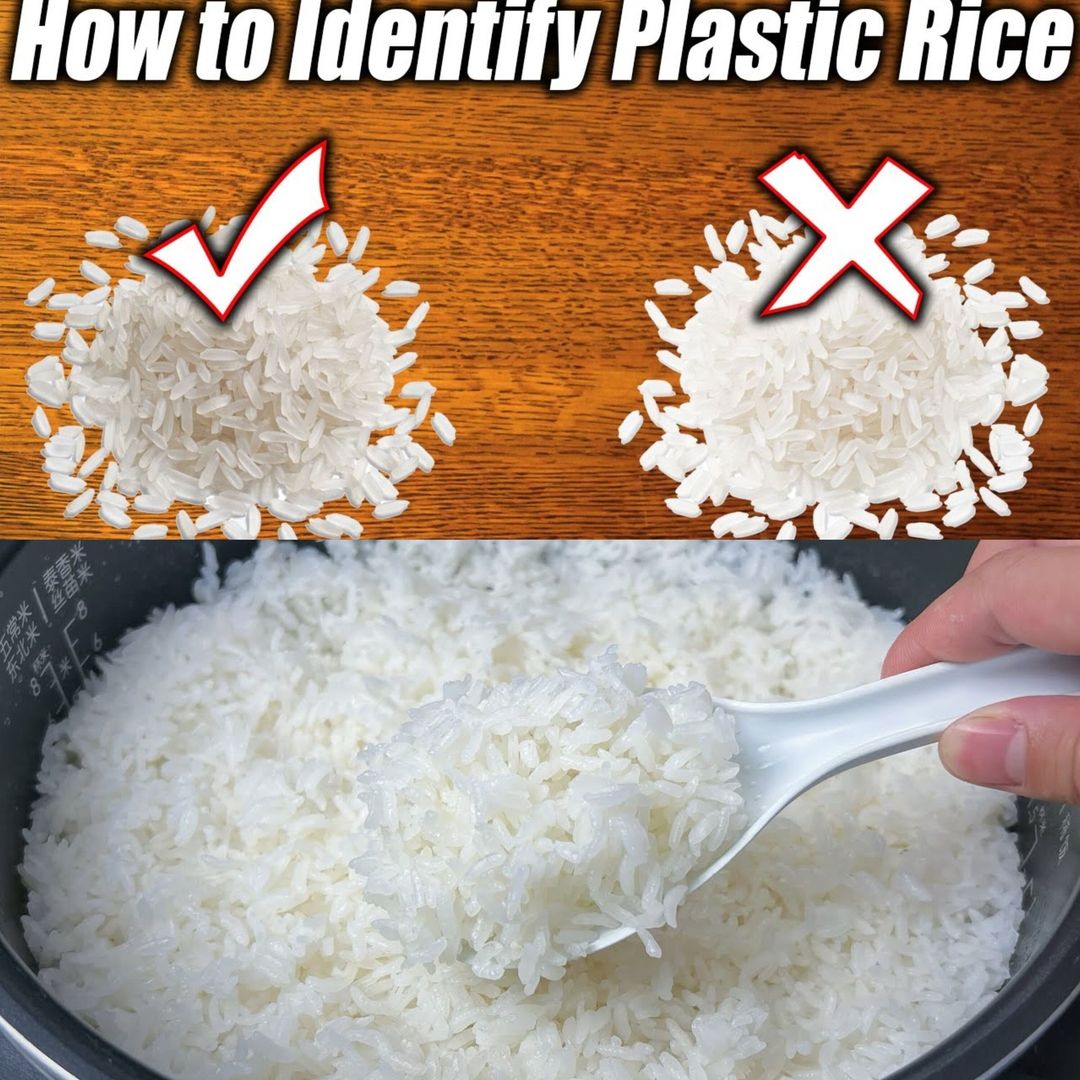In today’s food landscape, where authenticity is paramount, concerns about plastic rice have surfaced, prompting questions about how to distinguish it from real rice. While these concerns are often unfounded, it’s natural to seek assurance about the food we eat. Here’s a straightforward guide to help you identify real rice and ensure your meals are genuine and delicious.
Visual Inspection:
Start by examining the rice closely. Real rice grains typically have a natural, irregular shape, varying slightly in size and color. If the rice appears too uniform, with each grain identical to the next, it may warrant closer scrutiny.
The Water Test:
A simple method involves the water test. Place a handful of rice in a glass of water. Real rice will sink to the bottom, while plastic rice is rumored to float due to its lighter density. However, keep in mind that some processed rice products may behave differently due to added ingredients, so this test isn’t foolproof.
The Fire Test:
For those inclined to delve deeper, the fire test offers insight. Using a lighter, attempt to burn a few grains of rice. Real rice will char and burn like any other grain, emitting a smoky scent. Plastic rice, however, will melt and may emit a plastic-like odor.
The Boil Test:
Cooking the rice is another method to assess its authenticity. Plastic rice is said to remain hard after boiling, unlike real rice, which becomes soft and fluffy. Any grains that remain hard despite boiling may warrant further examination.
Final Thoughts:
Although reports of plastic rice are largely unsubstantiated, it’s wise to remain informed and cautious about the food we consume. These simple tests offer reassurance and ensure the rice you eat is genuine and safe. Remember, purchasing rice from reputable sources is the best way to guarantee quality. Happy and safe cooking!

